Home › 6a) Gold & Monetary Metals › 6a.) GoldCore › Is The Ruble Backed By Gold Now?
Permanent link to this article: https://snbchf.com/2022/04/flood-ruble-backed-gold/
Receive a Daily Mail from this Blog
Live Currency Cross Rates
 On Swiss National Bank
On Swiss National Bank
-
SNB Sight Deposits: decreased by 15 billion francs compared to the previous four weeks
24 days ago -
2025-07-31 – Interim results of the Swiss National Bank as at 30 June 2025
2025-07-31 -
SNB Brings Back Zero Percent Interest Rates
2025-06-26 -
Hold-up sur l’eau potable (2/2) : la supercherie de « l’hydrogène vert ». Par Vincent Held
2025-06-24 -
2025-06-25 – Quarterly Bulletin 2/2025
2025-06-25
 Main SNB Background Info
Main SNB Background Info
-
SNB Sight Deposits: decreased by 15 billion francs compared to the previous four weeks
24 days ago -
The Secret History Of The Banking Crisis
2017-08-14 -
SNB Balance Sheet Now Over 100 percent GDP
2016-08-29 -
The relationship between CHF and gold
2016-07-23 -
CHF Price Movements: Correlations between CHF and the German Economy
2016-07-22
Featured and recent
-
 Weniger Geschenke unter dem Weihnachtsbaum?
Weniger Geschenke unter dem Weihnachtsbaum? -
 Wanderwitz dreht endgültig durch: Blamage mit AfD “Prüf-Video”
Wanderwitz dreht endgültig durch: Blamage mit AfD “Prüf-Video” -
 Deutschland vor dem Kollaps? Warum alles ab 2016 aus dem Ruder lief
Deutschland vor dem Kollaps? Warum alles ab 2016 aus dem Ruder lief -
 Eilmeldung: Stuttgart ist in 17 Tagen pleite!!
Eilmeldung: Stuttgart ist in 17 Tagen pleite!! -
 Polit-Bombe bei EU-Finanzministern: “Niemand hat die Absicht, Bargeld einzuschränken!”
Polit-Bombe bei EU-Finanzministern: “Niemand hat die Absicht, Bargeld einzuschränken!” -
 So werden Kritiker ausgeschaltet! Ganzes Interview: Heute 18 Uhr!
So werden Kritiker ausgeschaltet! Ganzes Interview: Heute 18 Uhr! -
 Wie die Volatilität die Optionspreise beeinflusst
Wie die Volatilität die Optionspreise beeinflusst -
 AfD in New York: plötzlich zittert der Verfassungsschutz!
AfD in New York: plötzlich zittert der Verfassungsschutz! -
 Vorabpauschale 2025: Das MUSST du im Januar 2026 tun!
Vorabpauschale 2025: Das MUSST du im Januar 2026 tun! -
 800 Milliarden – wofür eigentlich? Ganzes Interview: Heute 18 Uhr.
800 Milliarden – wofür eigentlich? Ganzes Interview: Heute 18 Uhr.
More from this category
 Next Week: Six G-10 Central Banks Meet, But Only Two Move–BOE Cuts and BOJ Hikes
Next Week: Six G-10 Central Banks Meet, But Only Two Move–BOE Cuts and BOJ Hikes13 Dec 2025
 The “Double Bubble”
The “Double Bubble”13 Dec 2025
- Meet Switzerland’s first female bread sommelier
12 Dec 2025
 Stadler Rail wins billion-franc night train order from Kazakhstan
Stadler Rail wins billion-franc night train order from Kazakhstan12 Dec 2025
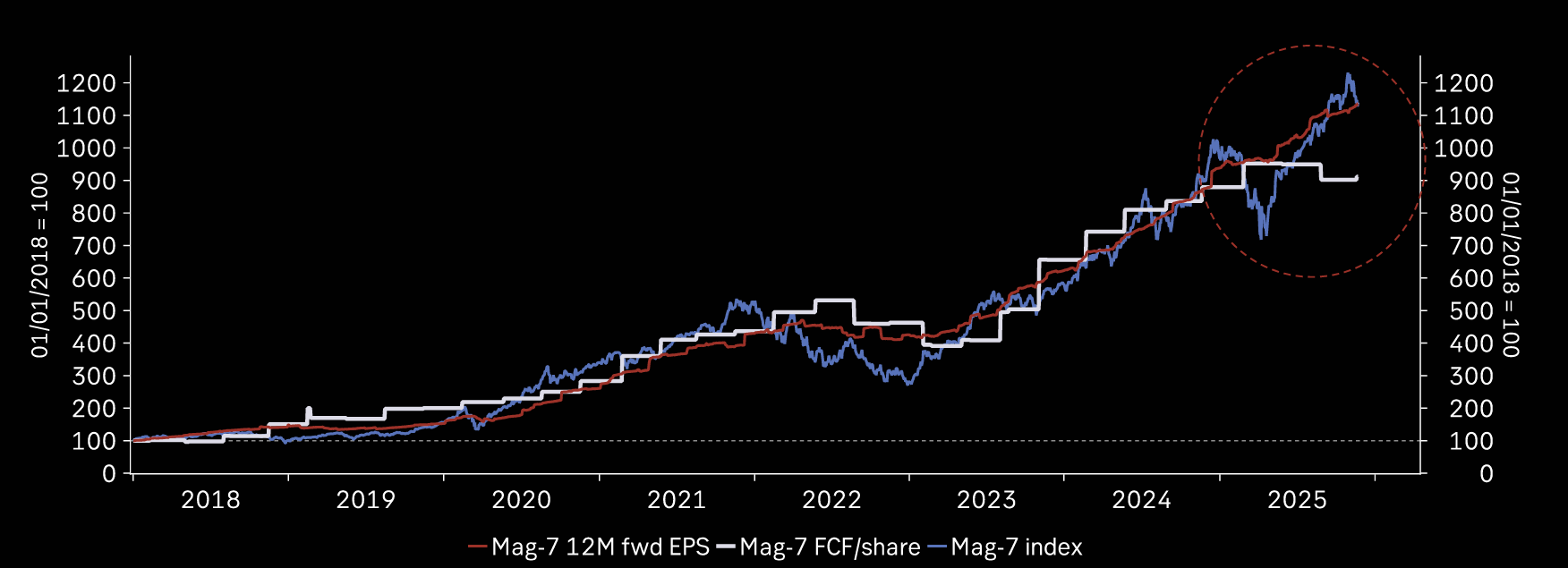 Does AI Capex Spending Lead To Positive Outcomes?
Does AI Capex Spending Lead To Positive Outcomes?12 Dec 2025
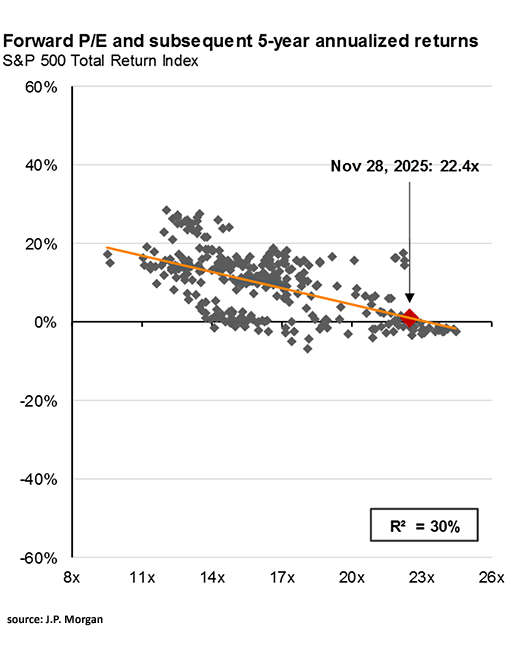 A Third Of US Debt Matures In 2026
A Third Of US Debt Matures In 202612 Dec 2025
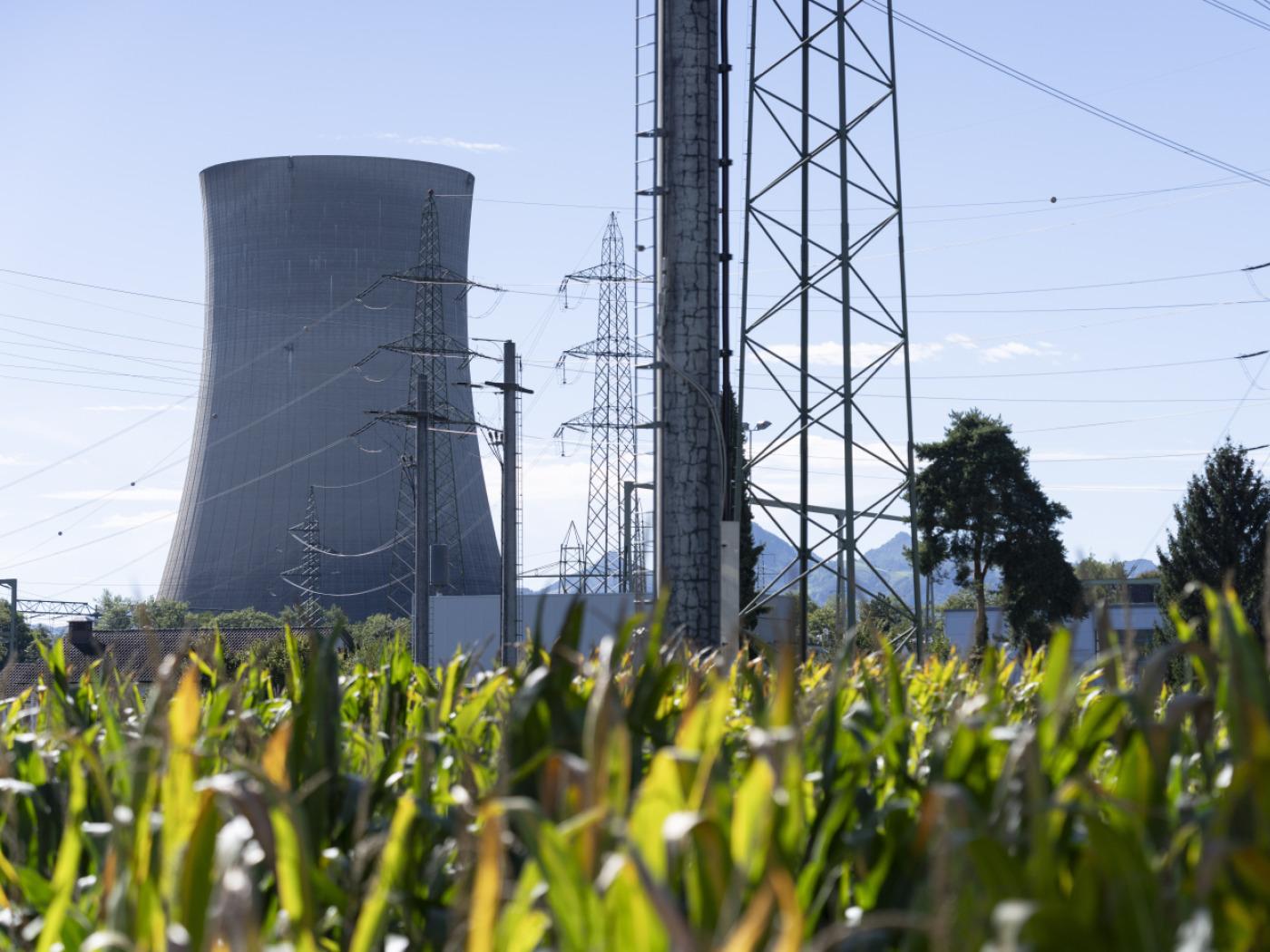 Swiss energy provider profits harmed by nuclear plant shutdowns
Swiss energy provider profits harmed by nuclear plant shutdowns11 Dec 2025
 Zurich airport set to break pre-Covid passenger record
Zurich airport set to break pre-Covid passenger record11 Dec 2025
 Dollar Remains on the Defensive after the FOMC
Dollar Remains on the Defensive after the FOMC11 Dec 2025
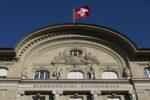 Swiss interest rates remain at 0%
Swiss interest rates remain at 0%11 Dec 2025
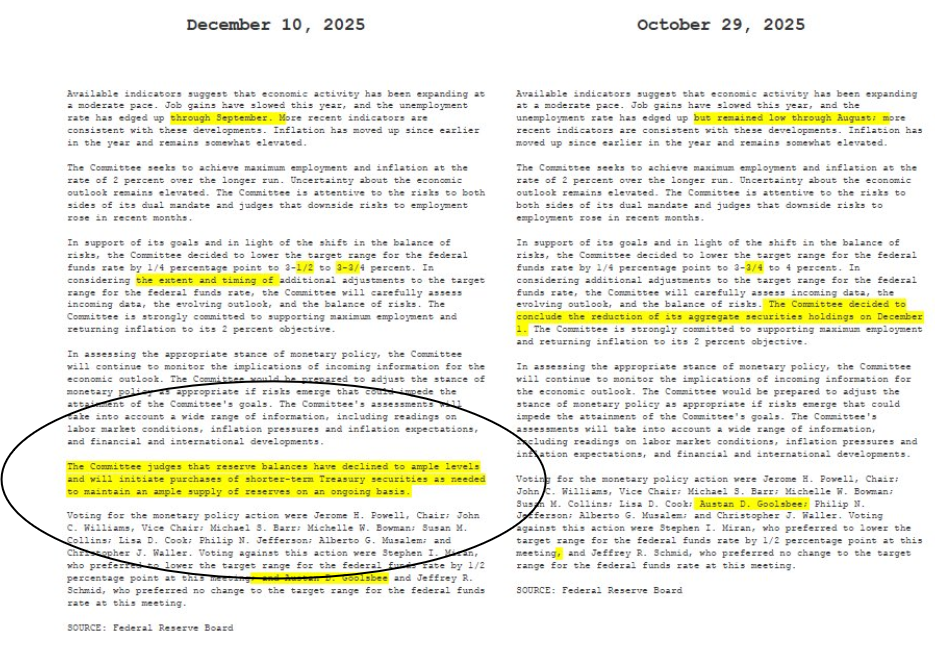 Hawkish Or Less Dovish? QE Or Not QE?
Hawkish Or Less Dovish? QE Or Not QE?11 Dec 2025
 How we use AI responsibly
How we use AI responsibly11 Dec 2025
 US tariff reduction will save Swiss firms: business federation
US tariff reduction will save Swiss firms: business federation11 Dec 2025
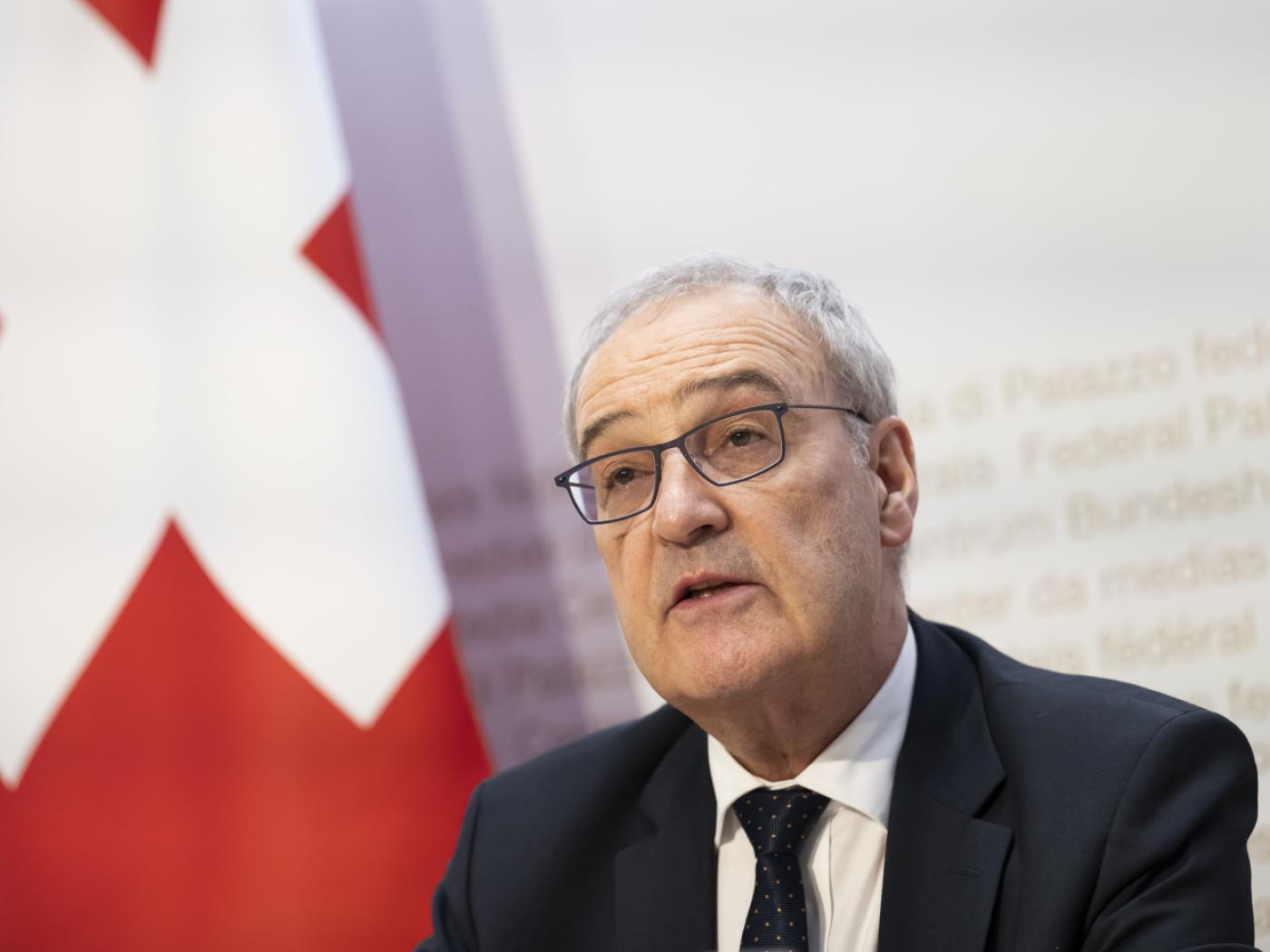 Switzerland gains retroactive US tariff cuts
Switzerland gains retroactive US tariff cuts11 Dec 2025
 Trump Accounts for babies, national security strategy, and chlorinated chicken
Trump Accounts for babies, national security strategy, and chlorinated chicken10 Dec 2025
 Fed Day with 10-year Yield at a Three-Month High
Fed Day with 10-year Yield at a Three-Month High10 Dec 2025
 Gotthard work will delay Swiss trains in January
Gotthard work will delay Swiss trains in January10 Dec 2025
 US Senator demands details of rumoured UBS relocation plan
US Senator demands details of rumoured UBS relocation plan10 Dec 2025
 EU rail expansion bypassing Switzerland
EU rail expansion bypassing Switzerland10 Dec 2025
 Affordability Crisis: Michael Green Challenges The Poverty Line
Affordability Crisis: Michael Green Challenges The Poverty Line10 Dec 2025











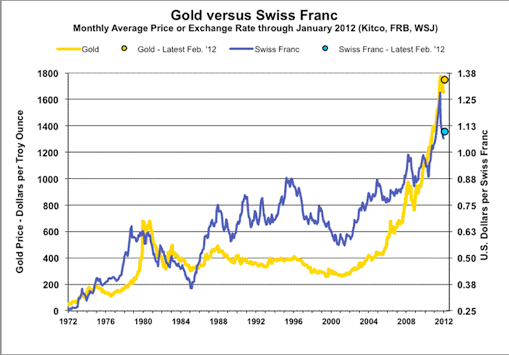
Is The Ruble Backed By Gold Now?
Published on April 16, 2022
Stephen Flood
My articles My videosMy books
Follow on:
Over the past couple of weeks, we reviewed the U.S. government confiscation of gold by Executive Order in 1933. (see “Gold Confiscation: Will History Repeat Itself?” and “The Facts of Gold Confiscation: The Saga Continues”).
One of the points was that the difference between 1933 and today is that gold is not money for banks today. This means banks are not on a gold standard.
Some observers have stated that the announcement by Russia’s Central Bank on March 25 to purchase gold at a ‘fixed’ 5,000 rubles per gram is a return to the gold standard or that it creates a gold-backed ruble.
Below we provide context to the announcement.
Also, why the central bank buying gold at a ‘fixed’ price is not the same as a gold standard.
Russia Sets its Fixed Gold Price
The announcement on March 25 that Russia’s central bank would buy gold from domestic producers beginning March 28 at a fixed 5,000 rubles per gram.
This price ‘fix’ was originally announced to run from March 28 through June 30, but this was revised on April 8 to a ‘negotiated price’.
The policy is an attempt to acquire (domestically mined) at potentially below-market prices with rubles the Bank of Russia can simply print.
The central bank’s initial offer announced on March 25 at a fixed price of 5000 rubles per gram was clearly attractive from the Bank’s (and government’s) perspective. Although not from local producers’ perspectives.
The ruble was quite depressed, and 5,000 rubles per gram was significantly below London market gold prices converted to rubles.
However, now that the ruble has recovered to around 80/dollar, the offer was close to what gold would be worth in rubles on global markets.
Russian Ruble
The ruble has risen sharply in recent days on the back of demands that Russian oil and gas exports to the West be paid for in rubles or gold.
This has created false demand for the ruble.
And Russian energy exporters must turn any euro or dollar receipts directly over to the government in any event.
Also, the ruble market is heavily controlled and very illiquid.
It is clear why the Russian central bank would want to buy gold from its producers.
This is because gold is the world’s oldest form of international liquidity.
Also, if the central bank can get it at a discount all the better.
Moreover, remember that the central bank can print the rubles it pays domestic gold producers.
Printing currency is relatively costless, and a common practice during the war!
The question then is why would Russian miners sell their gold at below-market prices to the Bank of Russia?
And how useful would these rubles be to domestic producers in need of foreign material and expertise?
The first answer is that the sanctions have essentially barred Russia’s gold producers from selling their gold in Western markets.
Further, the only available markets for domestic gold producers are local banks and the Russian central bank.
In essence, domestic gold miners now face a monopsony – one buyer for their output; they are captive sellers.
Ruble Backed By Gold: Is It Just A Gamble?
All of this means that it should be no great surprise that foreign miners in Russia want out: i.e., Kinross Gold to sell all Russian assets in a $680M deal (BNN Bloomberg, 04/05).
Furthermore, there is strong private demand for gold in Russia, and local banks have been selling gold.
Many locals were glad to rid themselves of rubles in exchange for gold or other hard currency, especially at the start of the war as per in reports.
But this is regulated since gold is too important an asset for the government at this time to be sold to those who want to cash in their rubles.
Russia’s central bank had been buying gold for reserve purposes until oil prices tumbled down sharply in early 2020.
This happened when it announced that it would put its gold buying on hold.
For more on this see our December 9, 2021, post- Russia: A Prominent Player in the Global Gold Market.
Russia’s central bank setting a ruble price for purchases from producers is not the same as a gold standard.
This is also not equivalent to a gold-backed ruble as some observers have suggested with headlines such as:
“It’s Official! Russian Central Bank Announces That the Ruble is Tied to Gold! 5,000 Rubles per Gram” and “A Note on the New Russian “Gold Standard”.
A gold standard ruble would require the government to maintain a fixed ruble price for gold in an unregulated market.
This is entirely different from and has entirely different implications than, an offer to purchase domestically mined gold from captive local gold miners at 5,000 rubles per gram.
Additionally, a gold standard ruble would require the Bank of Russia to buy (or sell) gold for (or from) its gold reserves at a fixed price, on-demand.
The offer to buy gold is one thing but selling gold at a fixed price is something else entirely.
This would mean that anyone that holds rubles could exchange those rubles for gold at the 5,000 rubles per gram price.
Meaning Russia’s gold reserves would dwindle rapidly as Russians (and foreign holders, holding unwanted rubles, want to exchange all their rubles for gold.
Then the Bank of Russia will then immediately have to close its gold window.
To declare that one gram of gold is worth 5,000 rubles is easy.
However, to make it good through the active buying and selling of gold in an unregulated market is something the Bank of Russia simply cannot do.
In short, the Bank of Russia is seizing the opportunity provided by this war, and the related sanctions limiting the exports of gold from its domestic producers.
It is purchasing gold from the captive gold mining industry at favorable ruble prices – with essentially costless ruble outlays the central bank prints.
Full story here Are you the author?Follow on:
No related photos.
Tags: Commentary,Economics,Featured,Geopolitics,Gold,gold and silver,gold price,gold price analysis,gold price prediction,gold price today,gold standard,inflation,News,newsletter,Precious Metals,Russia,Russian central bank,Ukraine